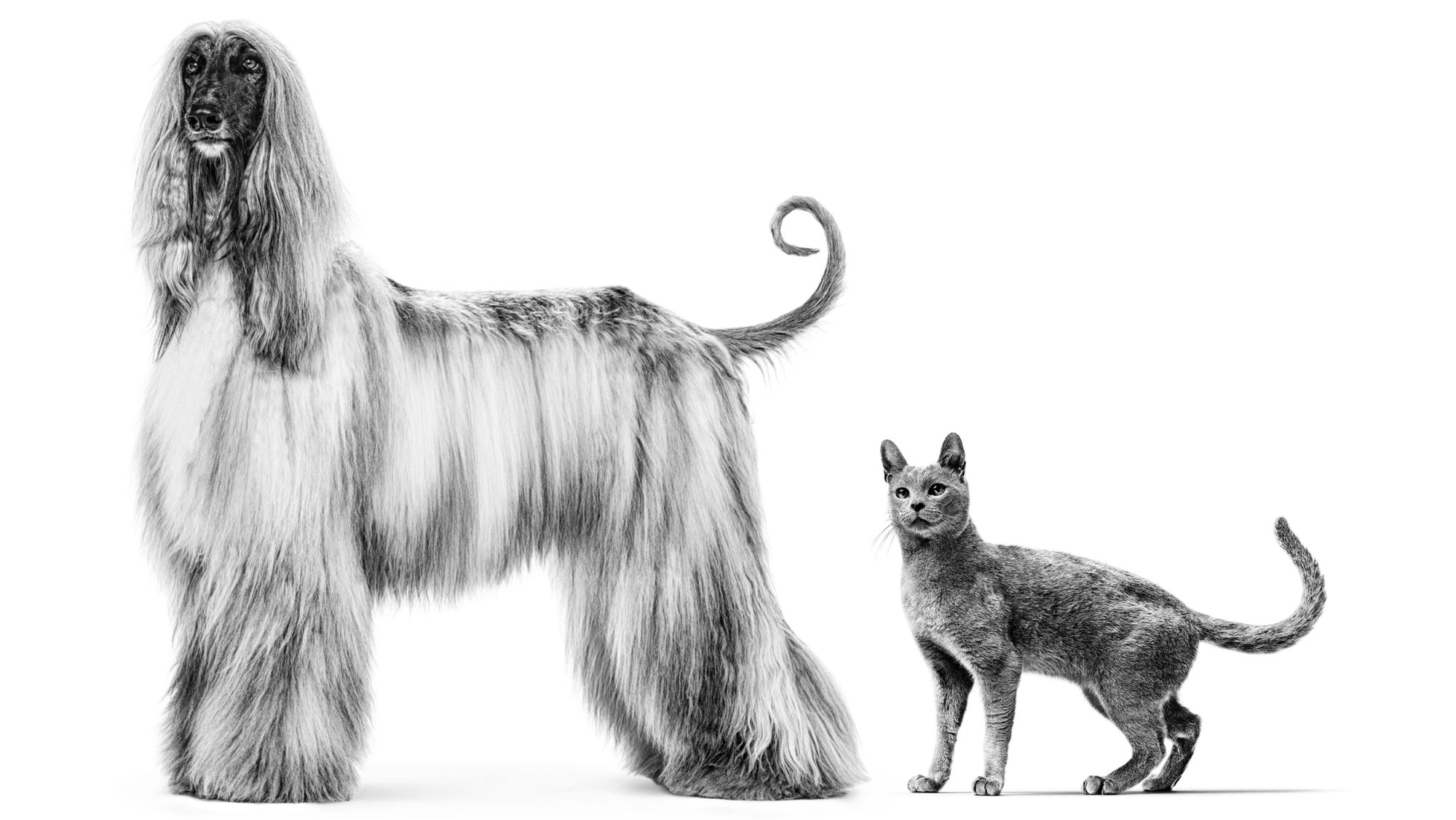
Essential nutrients for cats and dogs explained
The nutrient-based approach to pet food
At Royal Canin, we know that the value of ingredients in pet food is the nutrients they provide. That's why we take a nutrient-first approach to our unique diets.
In this approach, the nutritional needs of a pet are evaluated through detailed research and observation. An optimal diet profile is then determined for cats and dogs, based on both standard species guidelines and unique observations of the breed, age, lifestyle, sensitivities and health status. From here, high quality, highly digestible ingredients are sourced which can be combined to meet each tailored nutritional profile.
Relying on this approach, we are able to select high-quality nutrients from more sustainable sources with a lower carbon footprint. In doing so, we can choose recipes with the least environmental and social impact whilst providing pets with nutrition of the highest quality, benefits and safety.
Royal Canin's detailed approach to nutrition has four goals which underpin all of our nutritional developments:

Meet the nutritional requirements of healthy physical development and maintenance through precise levels of
- Amino acids
- Minerals
- Vitamins
- Fatty acids

Very specific nutrients can be limited or added in certain formulations in order to help cats and dogs affected by particular health issues.
By meeting all of these goals, we are able to supply precise nutritional diets for the unique requirements of cats and dogs.

Meet the nutritional requirements of healthy physical development and maintenance through precise levels of
- Amino acids
- Minerals
- Vitamins
- Fatty acids

Very specific nutrients can be limited or added in certain formulations in order to help cats and dogs affected by particular health issues.
By meeting all of these goals, we are able to supply precise nutritional diets for the unique requirements of cats and dogs.
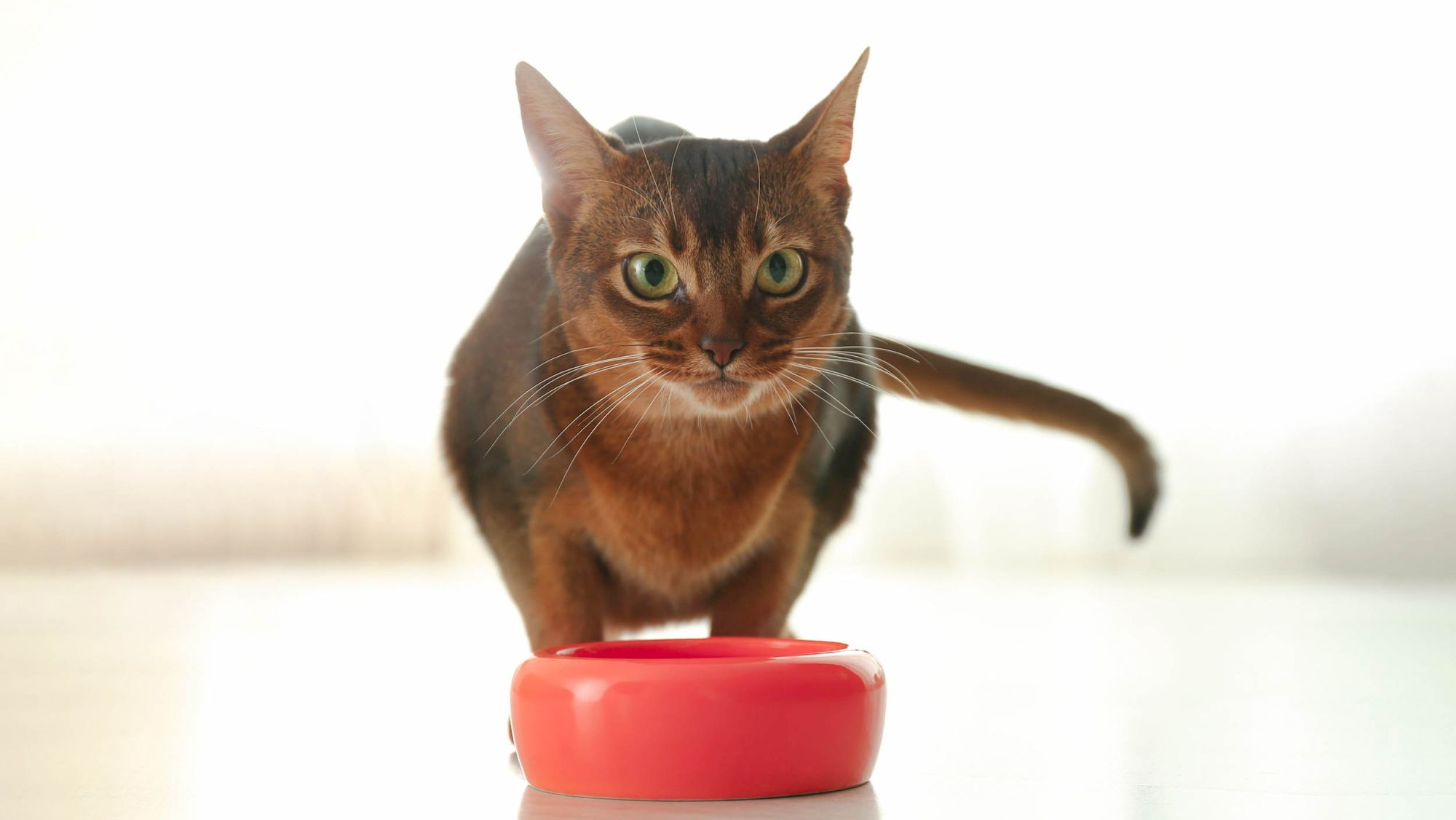
Understanding the role of nutrients
By recognising the key benefits of each of these nutrients, you can make informed decisions about your pet's diet. At Royal Canin, we know that understanding what nutrients are important for your pet, and why, can be difficult. As such, we've broken down the five most important nutrients, where they can be sourced and the role they play in cat and dog nutrition, so that you can be confident in choosing the right food for your pet.
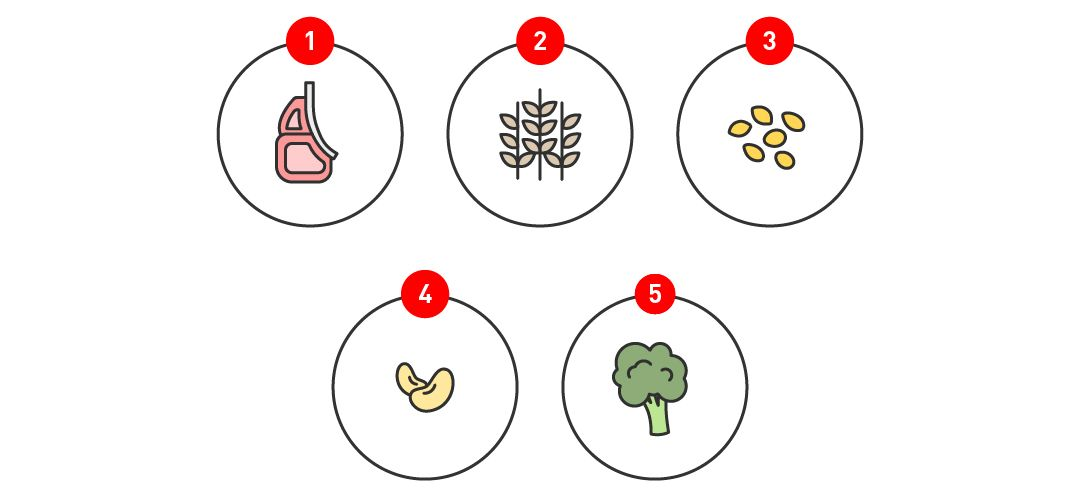
Proteins from one ingredient may differ from another, based on; the length of the polypeptide chain, the individual amino acids that are in the chain, and how the chain folds. Sources of protein include:
- Meat
- Grains
- Seeds
- Legumes
- Vegetables

Proteins from one ingredient may differ from another, based on; the length of the polypeptide chain, the individual amino acids that are in the chain, and how the chain folds. Sources of protein include:
- Meat
- Grains
- Seeds
- Legumes
- Vegetables
The role of carbohydrates in pet food
Carbohydrates is a term that covers molecules composed of carbon, oxygen and hydrogen that have certain chemical characteristics in common.
Cats and dogs can live without carbohydrates in their food, as they synthesise some types of carbohydrate they need for the cells from amino acids. The intake of carbohydrates does, however, greatly improve the body’s functioning. Recent research has revealed that as they became domesticated, dogs have undergone genetic changes which mean they are able to thrive on diets with a greater proportion of carbohydrate.*
*Axelsson et al. The genomic signature of dog domestication reveals adaptation to a starch-rich diet. Nature. 2013;495(7441):360-4

Using carbohydrates as an energy source means that the other calorie-containing macronutrients can be used in other ways. For example, protein and fat can be spared for other bodily functions such as growth or even wound healing, where needed. Other benefits of carbohydrates include:
- Supporting the health and bacterial population of the digestive tract
- Providing immediate energy to pets
- Producing a satiety feeling in animals, which is particularly beneficial to pets at risk of becoming overweight
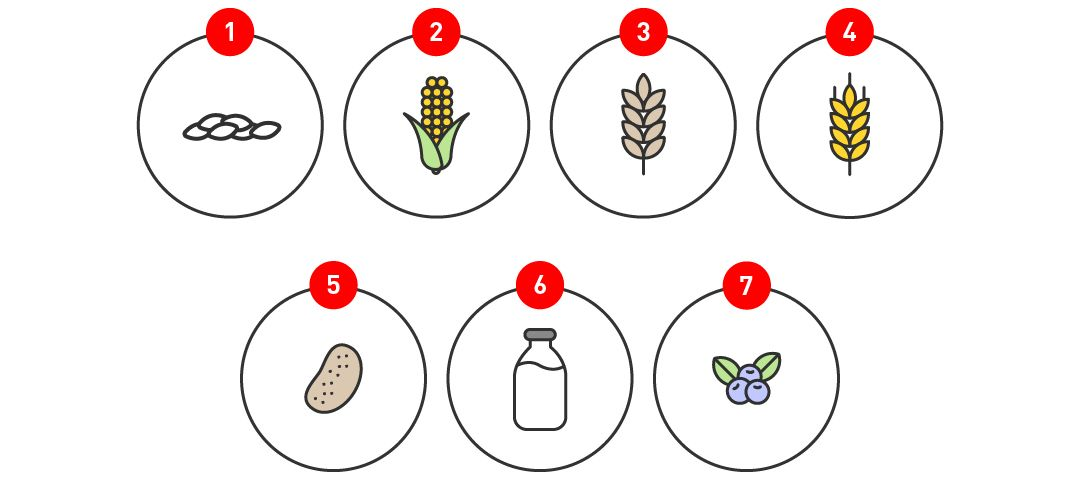
Carbohydrates are predominantly plant-based, with the exception of blood glucose, glycogen in the muscles and the liver, and milk lactose. Some examples of carbohydrate sources include:
- Rice
- Maize
- Wheat
- Barley
- Potato
- Milk
- Plants with fruit, berries, roots or tubers

Using carbohydrates as an energy source means that the other calorie-containing macronutrients can be used in other ways. For example, protein and fat can be spared for other bodily functions such as growth or even wound healing, where needed. Other benefits of carbohydrates include:
- Supporting the health and bacterial population of the digestive tract
- Providing immediate energy to pets
- Producing a satiety feeling in animals, which is particularly beneficial to pets at risk of becoming overweight

Carbohydrates are predominantly plant-based, with the exception of blood glucose, glycogen in the muscles and the liver, and milk lactose. Some examples of carbohydrate sources include:
- Rice
- Maize
- Wheat
- Barley
- Potato
- Milk
- Plants with fruit, berries, roots or tubers

Dietary lipid sources are all foods rich in animal fats and vegetable fats. Some of these sources include:
- Soya oil
- Corn oil
- Borage oil
- Safflower oil
- Butter
- Tallow
- Lard
- Eggs
- Poultry fat
- Fish oil

Dietary lipid sources are all foods rich in animal fats and vegetable fats. Some of these sources include:
- Soya oil
- Corn oil
- Borage oil
- Safflower oil
- Butter
- Tallow
- Lard
- Eggs
- Poultry fat
- Fish oil
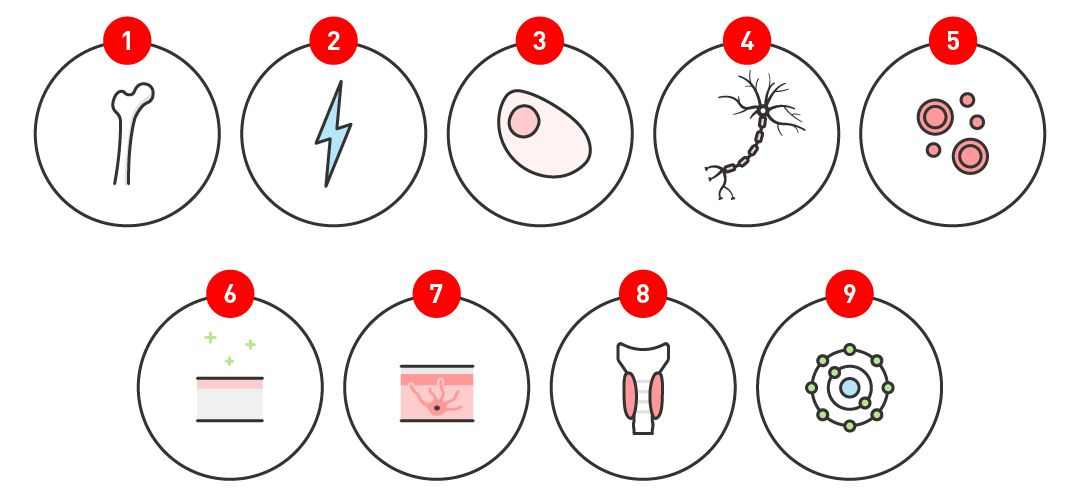
Each mineral is involved in several different functions. For simplicity, we've outlined some of the main roles the most important minerals play in the body:
- Ossification
- Energy transfer
- Cellular ionic balance
- Sensory impulses
- Synthesis of haemoglobin of red blood cells
- Supporting the health of skin
- Formation of cartilage and skin, and the synthesis of skin pigments
- Functioning of the thyroid gland
- Antioxidant functions
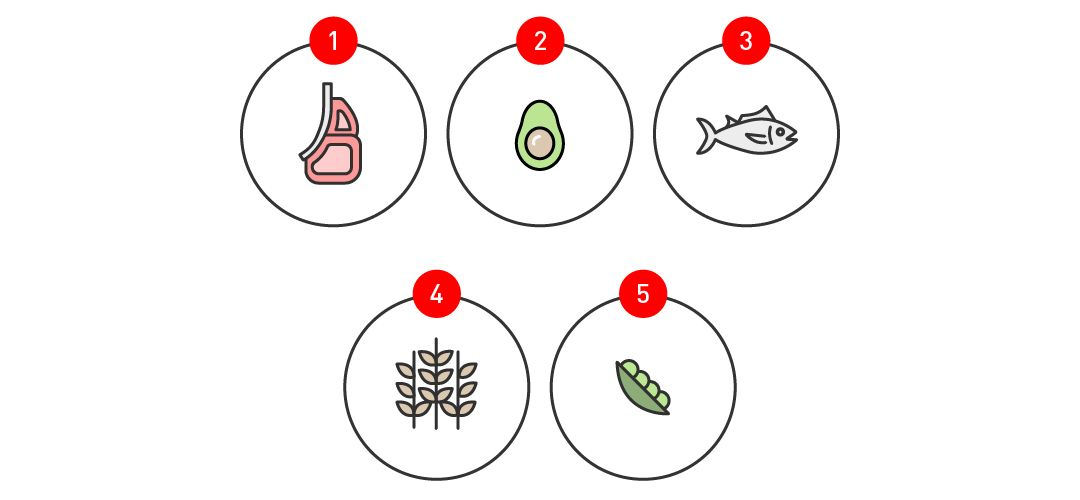
Minerals are provided by different ingredients, but they may also be included in the form of purified salts: iron sulphate, zinc oxide, manganese oxide, copper sulphate, sodium selenite, calcium iodate, etc.
Ingredients which are rich sources of minerals include:
- Meat such as lamb, pork, duck or liver
- Avocados
- Fish
- Wheat, cereal, grains
- Peas, lentils, soy

Each mineral is involved in several different functions. For simplicity, we've outlined some of the main roles the most important minerals play in the body:
- Ossification
- Energy transfer
- Cellular ionic balance
- Sensory impulses
- Synthesis of haemoglobin of red blood cells
- Supporting the health of skin
- Formation of cartilage and skin, and the synthesis of skin pigments
- Functioning of the thyroid gland
- Antioxidant functions

Minerals are provided by different ingredients, but they may also be included in the form of purified salts: iron sulphate, zinc oxide, manganese oxide, copper sulphate, sodium selenite, calcium iodate, etc.
Ingredients which are rich sources of minerals include:
- Meat such as lamb, pork, duck or liver
- Avocados
- Fish
- Wheat, cereal, grains
- Peas, lentils, soy
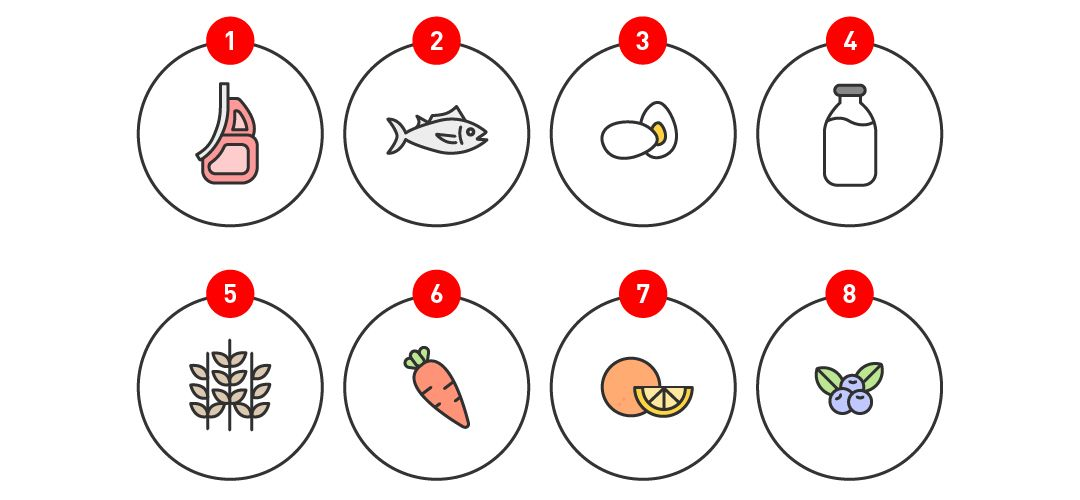
Vitamins are provided in various ingredients and they can also be included in pure form. As naturally fragile substances, sensitive to light, heat and oxidation, vitamins need to be protected during the cooking process.
- Meat, kidneys and liver
- Fish oil
- Eggs
- Dairy products
- Cereals
- Vegetables
- Citrus fruit
- Berries

Vitamins are provided in various ingredients and they can also be included in pure form. As naturally fragile substances, sensitive to light, heat and oxidation, vitamins need to be protected during the cooking process.
- Meat, kidneys and liver
- Fish oil
- Eggs
- Dairy products
- Cereals
- Vegetables
- Citrus fruit
- Berries
Determining your pet's nutritional profile
When it comes to determining the nutrients involved in any diet, it's important to remember that excess can be just as harmful as deficiency. The main criteria in ensuring a complete and balanced diet, therefore, is that each nutrient must be present in the correct ratio and easily digestible for pets.
The precise ratio of nutrients can be unique to your pet's breed, age, lifestyle, sensitivities or health concerns. If you're ever unsure about the nutrients your pet needs to support their health and wellbeing, speak to your vet. A pet care professional will be able to carry out a full diet history and any physical examinations necessary to determine the best nutritional profile for your cat or dog.
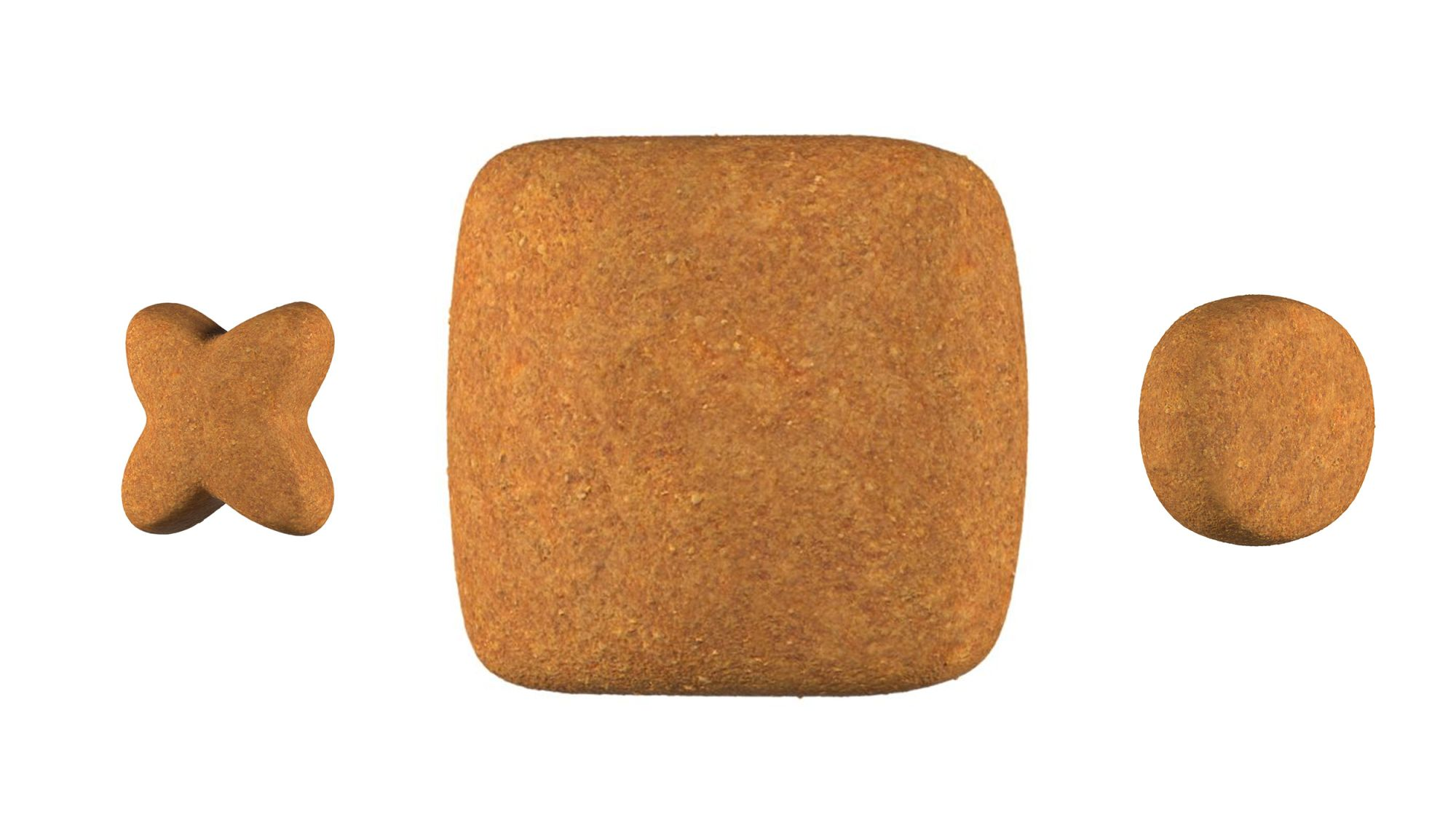
Tailored Nutrition for Unique Needs
At Royal Canin, we put our scientific, nutritional knowledge at the service of the health and wellbeing of pets. We place cats and dogs at the heart of each step of the innovation process to develop precise nutritional solutions. Find out how we tailor our diets for breeds, lifestages, lifestyles and care needs.
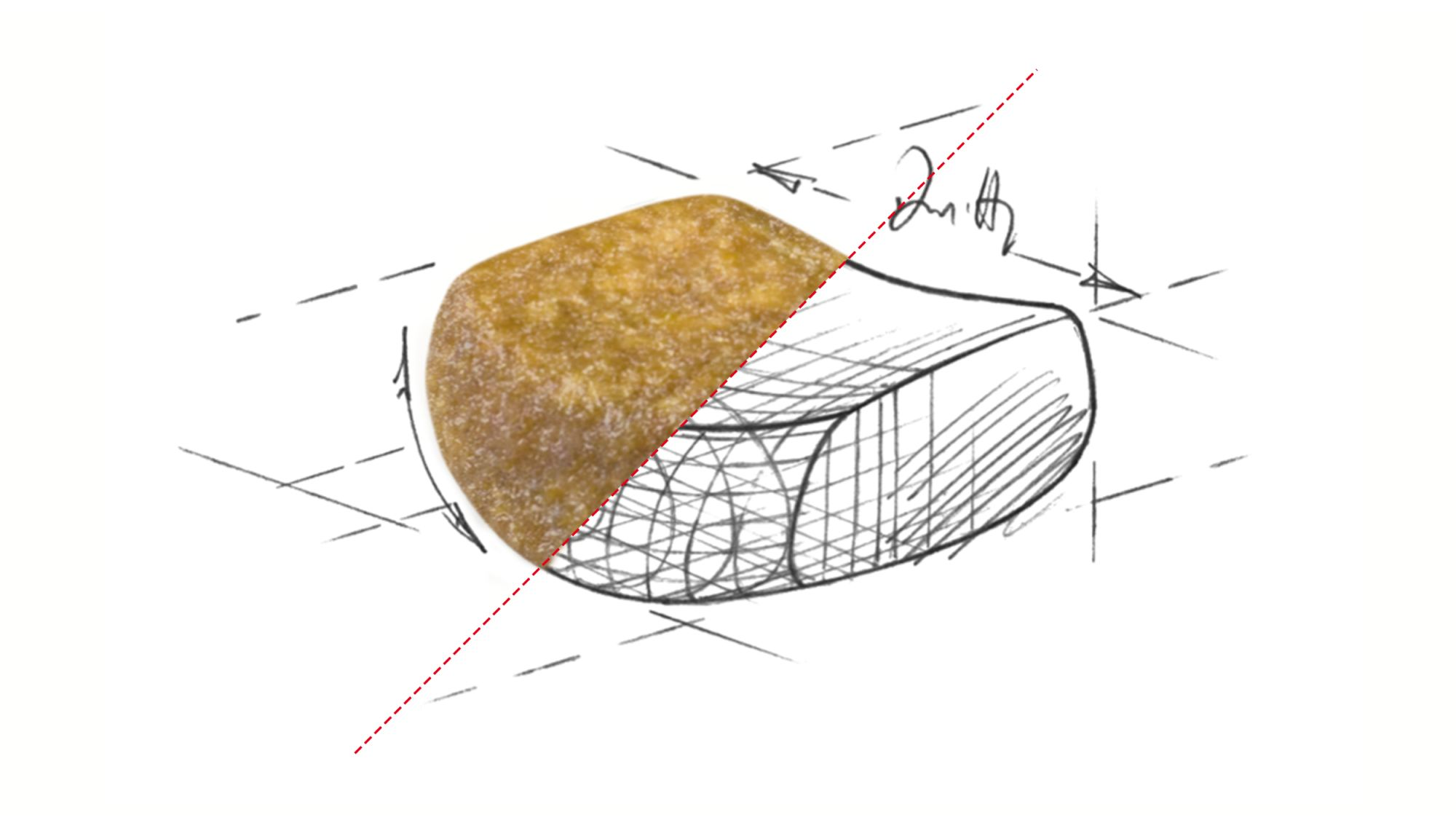
Royal Canin's Nutritional Philosophy
Royal Canin has been at the forefront of science-led nutrition for over 50 years. Since the very first day, our nutritional approach has been based on scientific facts and constantly fed by research from nutritionists, veterinarians and scientists from across the world.